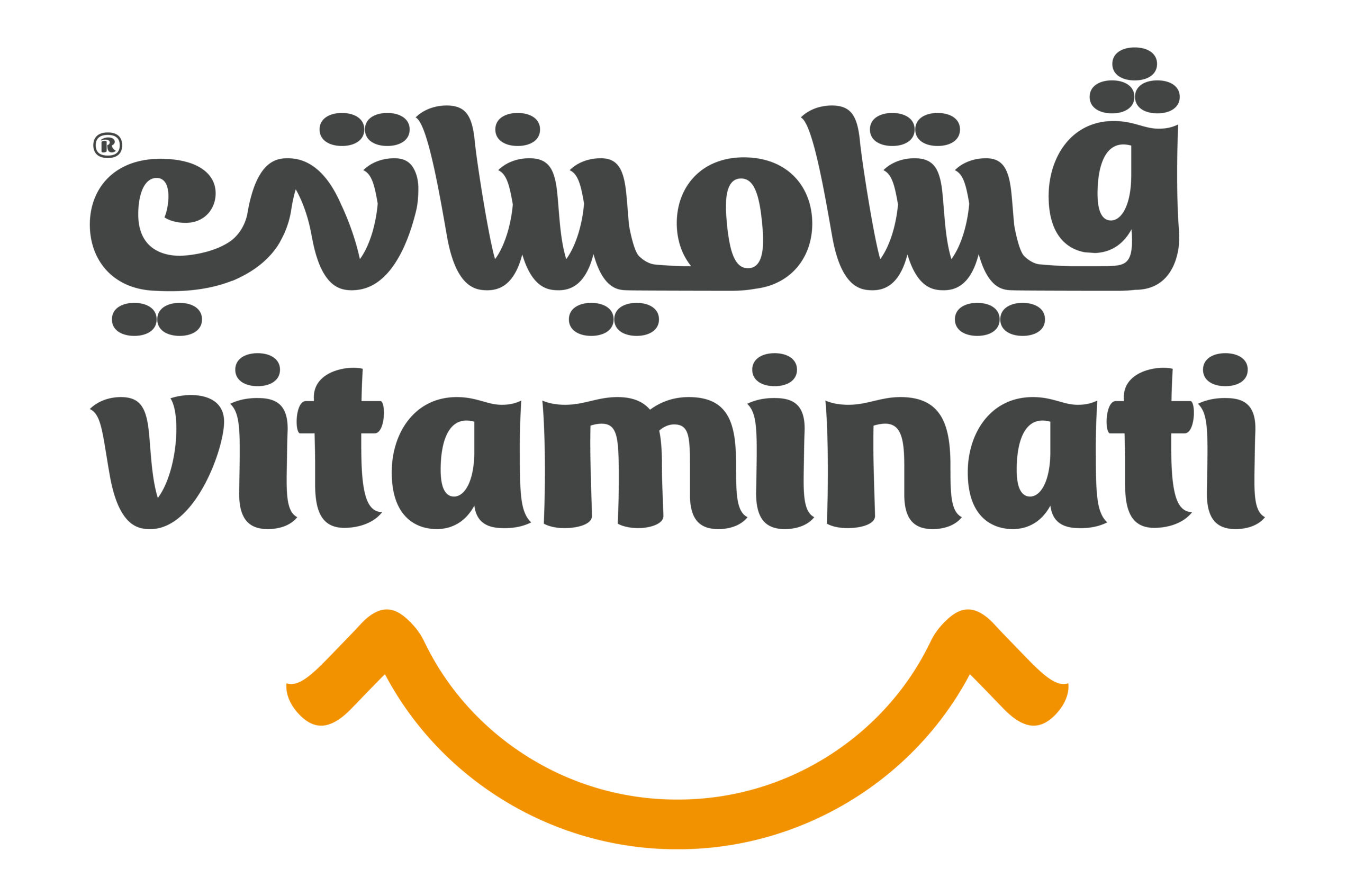Rotavirus—Latin‐styled as Rota viros—remains a major cause of severe gastroenteritis in infants and young children worldwide. By age five, nearly every child has experienced at least one infection, with immunity building over time. It remains a leading factor in childhood hospitalizations and mortality, especially in low‑ and middle‑income countries .
What Is Rotavirus?
Rotavirus belongs to the family Reoviridae and comprises multiple species—most human disease is caused by Rotavirus A (RVA), responsible for over 90% of infections . Named for its wheel-like appearance (“rota” means wheel in Latin), the virus invades the cells lining the small intestine, leading to gastroenteritis—commonly referred to as the “stomach flu,” although it is unrelated to influenza Signs, Symptoms & Transmission
Symptoms typically emerge approximately two days after exposure to Rotavirus, often beginning with fever and vomiting, followed by 3–8 days of watery diarrhea and abdominal discomfort. The illness can be mild in adults but often causes significant dehydration in young children
Rotavirus spreads primarily via the fecal–oral route, including contaminated hands, surfaces, food, or shared objects like toys. It is extremely contagious—fewer than 100 viral particles can initiate infection, and the virus can remain viable on surfaces for over a week.
Table of Contents
ToggleThe Impact of Rotavirus
Before routine vaccination, rotavirus caused approximately 2.7 million hospitalizations and tens of thousands of deaths annually in the U.S. alone . Globally, in 2019 it accounted for around 151,700 deaths among children under five, with over 90% of fatalities occurring in developing regions.
Treatment & Prevention of Rotavirus
There is no specific antiviral treatment for rotavirus. Management focuses on careful hydration, usually via low‑osmolarity oral rehydration solutions and zinc supplementation per WHO and UNICEF guidelines. Severe cases may require hospitalization, intravenous fluids, and electrolyte monitoring.
Given the virus’s resilience and rapid spread, sanitation alone is insufficient to control outbreaks. Instead, vaccination is the cornerstone of prevention .
Vaccination: Safety, Schedule & Efficacy
Two live‑attenuated oral vaccines, Rotarix and RotaTeq, were introduced in the mid‑2000s and are backed by rigorous clinical trials. They have dramatically reduced rotavirus‑related hospitalizations and severe diarrhea cases worldwide .
The U.S. CDC recommends administering the first dose at about 2 months of age, with all doses completed by 8 months, and no later than 15 weeks for the initial dose . Approximately 9 in 10 vaccinated children are protected from severe disease; about 7 in 10 avoid any symptomatic infection.
Mild side effects such as irritability, diarrhea, or vomiting are rare. A very small risk of intussusception (a form of intestinal blockage) has been observed, but the vaccine’s benefits significantly outweigh this risk.
Vaccine uptake has led to impressive impacts: in countries like Mexico and Nicaragua, hospital admissions dropped by 65% or more, and emergency visits fell sharply. In the U.S., hospitalizations have decreased by up to 86% since vaccine introduction . Globally, rotavirus vaccine has reduced all‑cause diarrhea hospitalizations by a median of 67%.
Why Vaccination Matters
-
Protects young children from life-threatening dehydration due to diarrhea.
-
Reduces healthcare burden, fewer hospital visits and medical costs.
-
Provides herd immunity—even unvaccinated children benefit from lower circulation .
-
Safe, affordable, and effective, particularly in resource-limited settings where rotavirus is a major killer.
Conclusion
Rotavirus (or Rota viros) remains a potent cause of childhood illness and mortality—but one that is largely preventable. Through widespread vaccination, early recognition, and prompt supportive care, we can vastly reduce its impact. International health authorities such as WHO, CDC, and major national health services strongly recommend routine rotavirus immunization as a core part of infant care.
References
-
CDC: About Rotavirus and vaccination guidanceCDC
-
CDC Pink Book: Chapter 19 – Rotavirus CDC
-
WHO/UNICEF recommendations for oral rehydration and zinc Wikipedia
-
Mayo Clinic: Rotavirus – Symptoms and causes Mayo Clinic
-
NCBI Bookshelf / StatPearls: Rotavirus epidemiology and management NCBI
-
MedlinePlus: Rotavirus infections overview MedlinePlus
Read more about Probiotics, Prebiotics, and Postbiotics: What’s the Difference?

Alaa Alhashlamon, a professional pharmacist specializing in pharmaceuticals, patient wellness, and healthcare advice. Explore articles on safe medication practices, health tips, and the latest in pharmacy.








